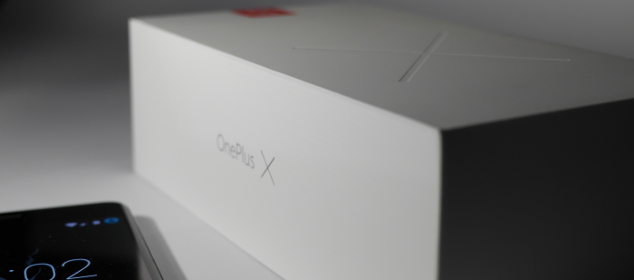Linux cannot play Apple Keynote, because Apple uses a so nice technology that the open source OS cannot support? Oh, com’on! Open VLC and select Open Network Stream, then use the following URL: http://p.events-delivery.apple.com.edgesuite.net/1609lijbsdfvoihbadfvohbsdfvljhb/m3u8/hls_mvp.m3u8. For what’s worth… It’s just that I hate being forbidden something for no reason!
Logiciels Libres
Ensemble des articles concernant le logiciel libre.

Bootstrap Arch on Raspberry Pi with only a Wifi dongle
Installing Arch on the Raspberry Pi is rather simple and well documented. There is an offline step, where you copy a base system on the SD card. Then, you place the card in the Raspberry Pi, boot it and you log into that new system somehow, to finish the configuration and start customizing. “Somehow” is either: you plug a keyboard and a screen to the Raspberry Pi and work within the console, or: you plug the Raspberry Pi to your router/computer through an Ethernet cable and log in over SSH. But what if all you have is a Wifi dongle?
Continue reading
Recover root account on Raspberry Pi and alike
“Hey, Pal! How are you? Remember that little project I had on the CubieTruck? I resumed hacking on it. But it’s a pity, I lost my root password… I have to start all over again. Any chance you remember what silly password we choose together?”
If only it was the user’s account password, it would be easy: log as root, change the password on behalf of the user, done. That time, who is going to save the root account? Is there any rootroot account, by any chance? No. But don’t worry, we’re going to hack into the root account nonetheless. But how? It’s Linux, it’s super secure, it’s the root account, I choose a 50-bits-of-entropy-random-super-secure password… Maybe. But almost any security will fail, once the hacker has access to the hardware. And today, we’re the hacker!
Continue reading
Connect the OnePlus X or Two to ArchLinux over MTP
The brand new OnePlus Two and OnePlus X just arrived, and they are beautiful! But as many brand new things, there are some manual tweaks needed to make them cooperate with our beloved system, before the upstream manages to catch up. If the only thing you can access on your brand new OnePlus device is a fake “OnePlus Drivers” CD drive, this post is for you. Don’t worry, it’s dead simple.
Continue reading
Introducing PyroPlayer
I love fireworks. At the crossing between science and art, beauty and power… So when last year, we were proposed my friend Adrien and I to develop a fireworks launch system, I immediately got very enthusiastic about the idea. And not only for the finality, but also because it was the perfect project to deploy the technologies we love.
Together with Adrien, we reviewed a panel of technologies before making our decision. We wanted to be able to prototype something rapidly, we had only 3 months before the first show. Boxes are built on top of Arduinos and XBee modules together with a special power cape we developed. Extensible, plug-and-play, and reusable. On the software side, we also had the constraint to be cross-platform. And to glue bricks together in a quick and clean way, what other language than Python?
Continue reading
Deploying Trac with Nginx and Gunicorn
I very recently re-deployed the Trac application on my server. The first time I did this, I used the included tracd server, but I had a very hard time configuring it on a non-root path with Nginx. So I decided to use Gunicorn, which is also reported to give better performance (is it true? I did not test).
The configuration is a front-end server running Nginx coupled with a back-end server running Gunicorn + Trac and the database which will be PostgreSQL. Static files will be deported at the end to the front-end server for performance. I will not go too much into details in the process of installing the components, as they were packaged for the distribution I use (ArchLinux) and my environment did not need a strong separation into a virtual environment. So these steps are rather easy and better explained on the official website.

Updating the Excito B3’s U-Boot
I currently run an Excito B3 device as my main router. Originally shipped with Debian installed, I got Arch Linux installed on it last year. I then decided to keep the original U-Boot despite its problem with L2 cache preventing it from booting any kernel newer than the 3.1 branch. Since then, the community did an incredible work, integrating the B3’s board first into ArchARM’s custom kirkwood kernel and then even in the mainline, and porting the board to the newest U-Boot.
Continue reading
Updated GUnicorn Systemd Start Script
I had a hard time writing my startup script for a Flask service I wanted to launch through GUnicorn. The official documentation is a little old, as systemd evolved a lot since then, and there were some mechanisms I did not understand at that time. Here is how, after all my findings and tries, I now start the service.
Continue reading

